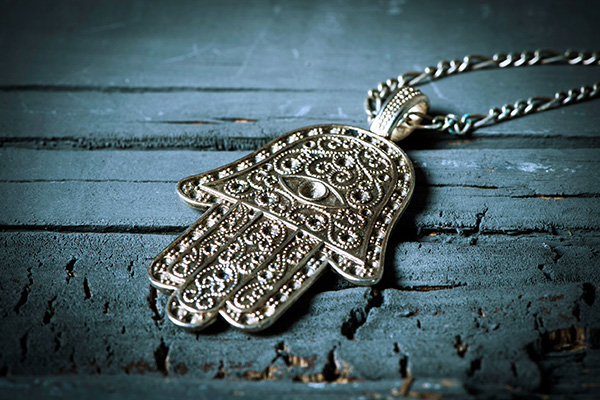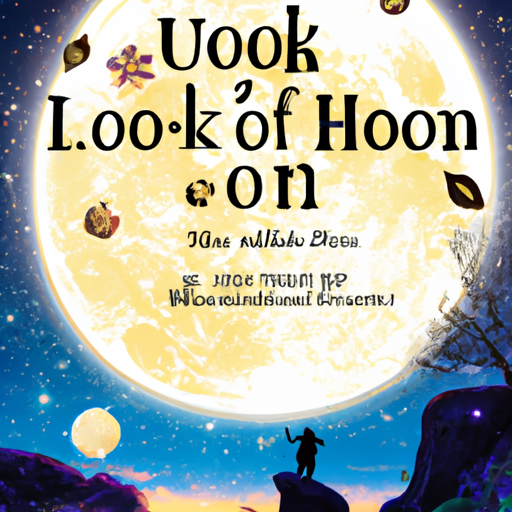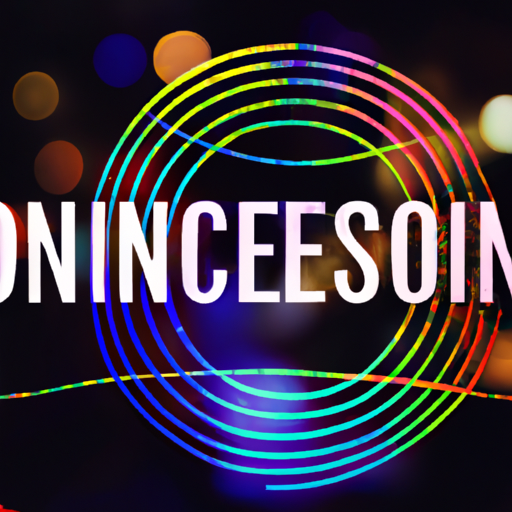Discover the Daily Practices that Foster Inner Peace
 Finding moments of quiet and spiritual renewal is more important than ever in today’s world, where we are constantly bombarded with information.
Finding moments of quiet and spiritual renewal is more important than ever in today’s world, where we are constantly bombarded with information.
A spiritual self-care routine empowers us and increases our energy. It acts as an anchor, grounding us and providing stability and calm in the ebb and flow of life.
Throughout my journey, I have established specific routines that greatly contribute to my ability to stay dedicated to my individual aspirations, maintain a strong spiritual foundation, and nurture my overall energy despite the daily obstacles and occasional disorder.
Morning Meditation
I enjoy commencing my day by practicing mindfulness meditation to create a sense of tranquility for the upcoming day. This practice helps me avoid potential stress and anxiety, replacing them with a serene state of mind and a calm heart.
Taking a few minutes every morning to sit in silence enables me to connect with my inner being and cultivate tranquility and purpose. This routine goes beyond mere stillness and closed eyes; it offers a chance to impartially observe my thoughts, attain clarity and serenity, and focus my mind.
I strive to do more than just survive in life, but to thrive. I aim to accomplish this with passion, compassion, humor, and style, as Maya Angelou once said.
Nature Connection
For me, connecting with nature is essential. Incorporating time in nature into your daily routine can have a profound effect on your spiritual health and inner peace. Whether it’s a morning walk in the park, observing a garden, or simply sitting under a tree, being in nature reminds us of the beautiful cycle of life and our place within it. Whenever the weather permits, I usually do my morning meditation outside.
Mindful Movement
Engaging in activities like yoga, tai chi, or gentle stretching is a vital routine for improving my overall well-being, both physically and spiritually. I incorporate some of these practices into my daily life, where the combination of physical movement, mindful breathing, and mindfulness leads to a wholesome experience that nurtures my body and mind.
Engaging in mindful movement is beneficial for easing both physical tension and mental stress. It is a wonderful practice that allows us to respect our bodies and improve our overall state of wellness.
Gratitude Journaling
I have been engaging in gratitude journaling for several years, and it has greatly influenced my life. This practice is a valuable technique for nurturing a positive outlook and enhancing one’s spiritual welfare. By regularly recording the things we are thankful for each day, our attention is redirected from our shortcomings to our blessings, ultimately fostering a mindset of abundance.
Take a moment each day to simply be present. Breathe deeply, feel your body, and let go of any worries or anxieties that may be clinging to you ~ Eckhart Tolle
Key elements that I have found to deepen my gratitude journaling experience include
Routine: Consistency is key. Set a specific time for your gratitude journaling, whether it’s in the morning to set a positive tone for the day or in the evening as a reflective practice before bed.
Instead of making general statements like “I appreciate my family,” focus on specific details like “I am grateful for the uplifting text message my sister sent me today.” Being specific enhances the depth of your gratitude and adds more meaning to the practice.
Variety: Challenge yourself to think beyond the obvious and find new, varied things to be grateful for each day. This keeps the practice from getting stale and can help you discover joy in unexpected places.
One may benefit from contemplating challenges and discovering the positive side of them. Think about the lessons learned or the personal growth achieved from facing a difficult situation. Such an approach has the potential to alter one’s viewpoint on adversity.
Recognize your daily triumphs, regardless of their magnitude. Commemorating these achievements can enhance your sense of self-worth and drive. Dedicate moments to fully embrace the positive experiences you document. Reliving these instances can strengthen the positive feelings linked to them.
Acknowledging the influence of others on your life and their contributions to your happiness can be more rewarding than solely appreciating material possessions.
If you’re experiencing a lack of inspiration, utilize prompts as a way to ignite feelings of gratitude. Inquire about things like, “What brought a smile to my face today?” or “Who contributed to making my day better, and in what ways?” These questions can steer your thinking towards reflections on your life. Every so often, make an effort to view your life as if you were an outside observer or imagine how it would be without certain blessings. This exercise can revive your appreciation for the aspects of your life that you may overlook or not fully appreciate.
Start each morning by believing that something extraordinary will occur in your life today. Then, take action to bring it to fruition.
Evening Reflection
Concluding my day with reflection enables me to analyze the occurrences of the day, assess my achievements and areas for improvement, and establish goals for the following day. I engage in this thoughtful observation towards the end of my workday to evaluate successes, obstacles faced, and ways to progress.
Engaging in this activity assists me in fostering a mentality centered around education and development, separating myself from the pressures of daily life and guaranteeing that every day signifies progress on my path towards spirituality.
As you start including more of these spiritual self-care practices in your everyday schedule, you will experience a transformation in your spiritual energy and a stronger feeling of inner calmness and connection to the universal flow. The crucial factor is to maintain consistency and be deliberate in your actions, ensuring that these brief daily rituals become significant moments of connection in your daily life.
|
Zondra is a highly successful Intuitive and Life Coach who has honed her unique abilities over the past two decades. She acts as a guiding force for her clients, helping them choose the best path to achieve their desired outcomes. As a 5th generation psychic, Zondra’s natural gifts and curiosity led her to explore and master techniques such as NLP and Mental Training, which she incorporates into her coaching alongside Tarot. She has provided guidance to numerous individuals and companies across different countries including Portugal, UK, Ireland, Norway, Sweden, Denmark, Brazil, and the US. Zondra uses her expertise to help others make meaningful changes in their lives. If you’re looking to transform your life, you have come to the right place. Zondra is a compassionate and open-minded practitioner who is dedicated to helping you manifest the life you truly want. You can contact her at PsychicAccess.com. |
Find the Daily Habits that Promote Inner Peace
In the fast-paced and chaotic world we live in today, achieving inner peace can sometimes feel like an unattainable goal. However, by incorporating certain daily habits into our lives, we can cultivate a sense of calm and tranquility that can help us navigate the challenges we face. Here are some habits that can foster inner peace and enhance our overall well-being.
1. Mindfulness Meditation:
Mindfulness meditation is one of the most effective practices for cultivating inner peace. This ancient technique involves focusing our attention on the present moment, without judgment or attachment. By directing our focus towards our breath or physical sensations, we can quiet our minds and experience a profound sense of peace. Regular practice can help reduce stress, anxiety, and negative emotions while increasing self-awareness and compassion.
2. Gratitude:
Practicing gratitude is a simple yet powerful way to cultivate inner peace. Taking a few moments each day to reflect on the things we are grateful for can shift our focus from what’s wrong in our lives to what’s right. This habit helps us appreciate the present moment and promotes a positive mindset. Whether it’s writing in a gratitude journal or simply expressing gratitude in our thoughts, this practice can bring about a deep sense of peace and contentment.
3. Physical Exercise:
Engaging in regular physical exercise not only benefits our physical health but also has a significant impact on our mental well-being. Exercise releases endorphins, which are natural mood boosters, and reduces stress hormones in our bodies. Whether it’s going for a run, practicing yoga, or taking a dance class, finding a form of exercise that brings us joy can help release tension and promote inner peace.
4. Take a Break from Technology:
In this modern age of constant connectivity, being constantly plugged in can be overwhelming and contribute to feelings of stress and restlessness. Taking regular breaks from technology can create space for inner peace. Set specific times during the day to disconnect from your phone, computer, and other devices. Instead, engage in activities that promote relaxation and self-reflection, such as reading a book, going for a walk in nature, or pursuing a hobby.
5. Nurture Healthy Relationships:
Nurturing healthy relationships is crucial for inner peace. Surrounding ourselves with positive and supportive individuals can create a sense of belonging and connection. Engage in meaningful conversations, practice active listening, and offer support to those around you. Additionally, establishing boundaries with toxic relationships or negative influences can help create a peaceful environment.
6. Self-Care:
Taking care of ourselves is essential for fostering inner peace. Engage in activities that bring you joy and recharge your energy, such as taking a warm bath, reflecting on your thoughts and emotions, or indulging in a hobby. Prioritize self-care by setting aside dedicated time each day to focus on yourself and your well-being.
7. Practice Forgiveness:
Holding onto grudges or resentment can be detrimental to our inner peace. Practicing forgiveness, both towards others and ourselves, can liberate us from negative emotions and promote healing. Letting go of past grievances allows us to move forward with a lighter heart and cultivate inner peace.
In conclusion, finding inner peace is a journey that requires consistent effort and practice. By incorporating daily habits such as mindfulness meditation, gratitude, exercise, technology breaks, nurturing relationships, self-care, and forgiveness, we can lay the foundation for inner peace. Remember that everyone’s path to inner peace may be unique, so explore different practices and find what resonates with you. With dedication and patience, you can discover the serenity and tranquility that comes from nurturing your inner peace.












